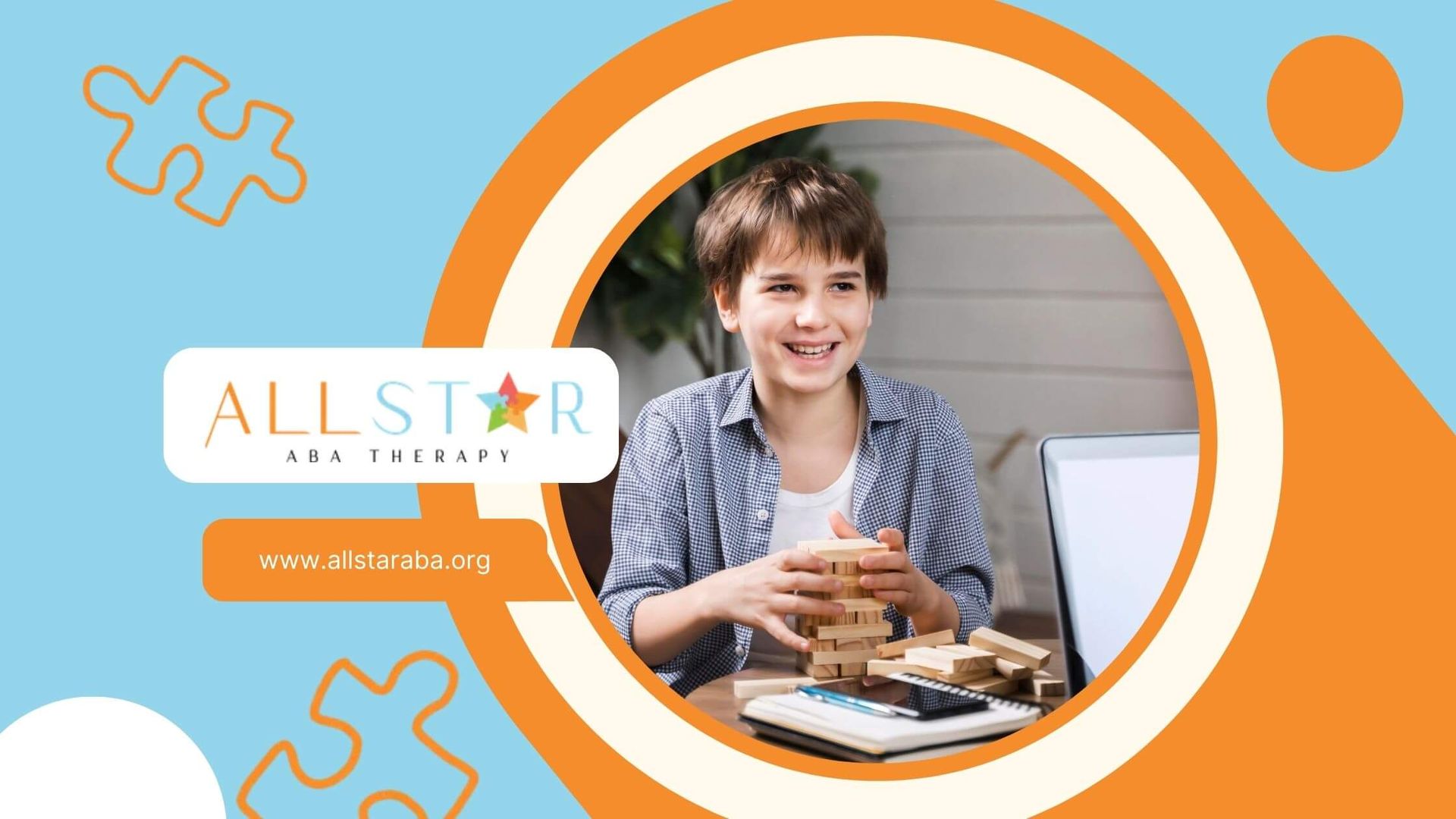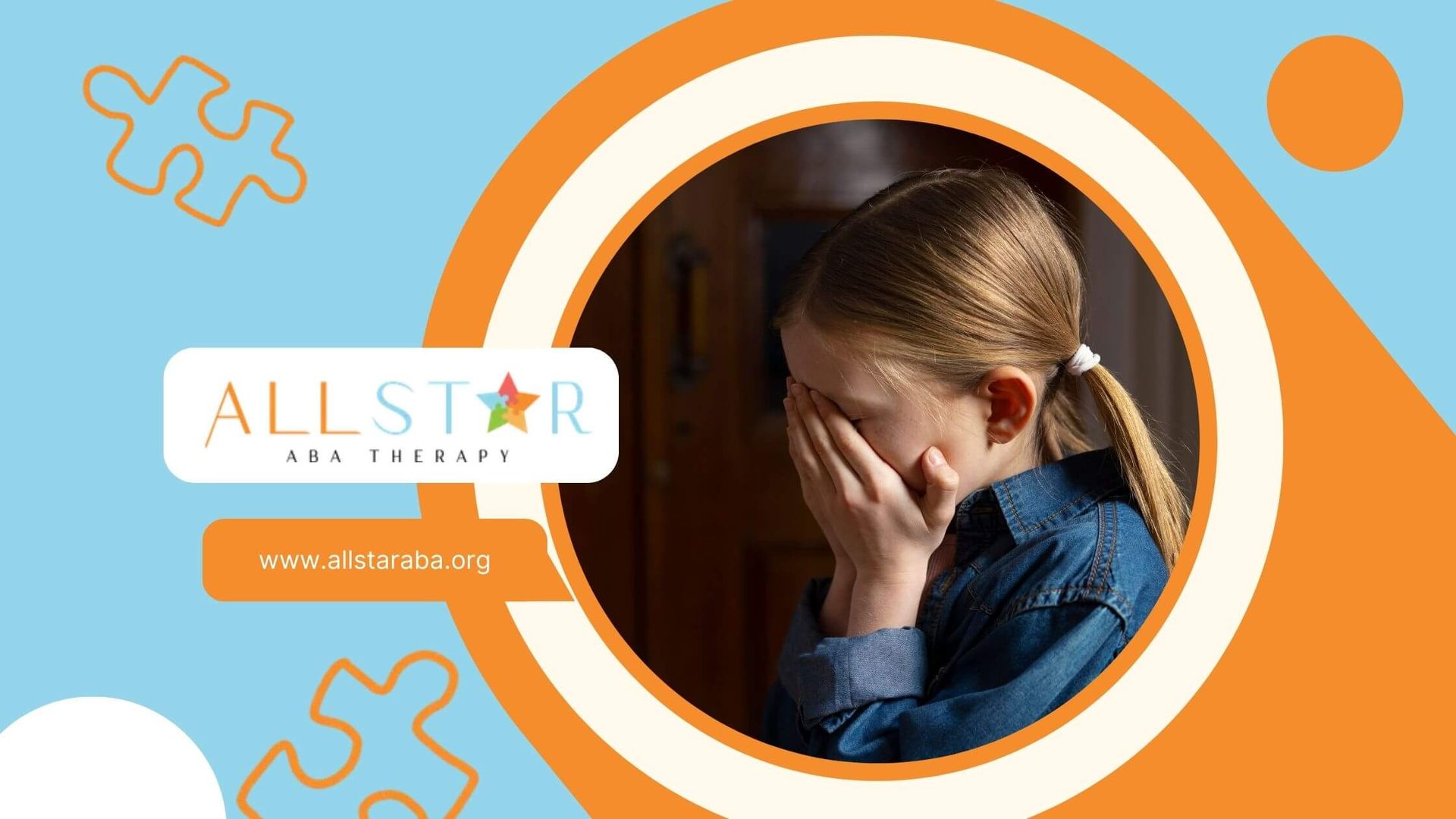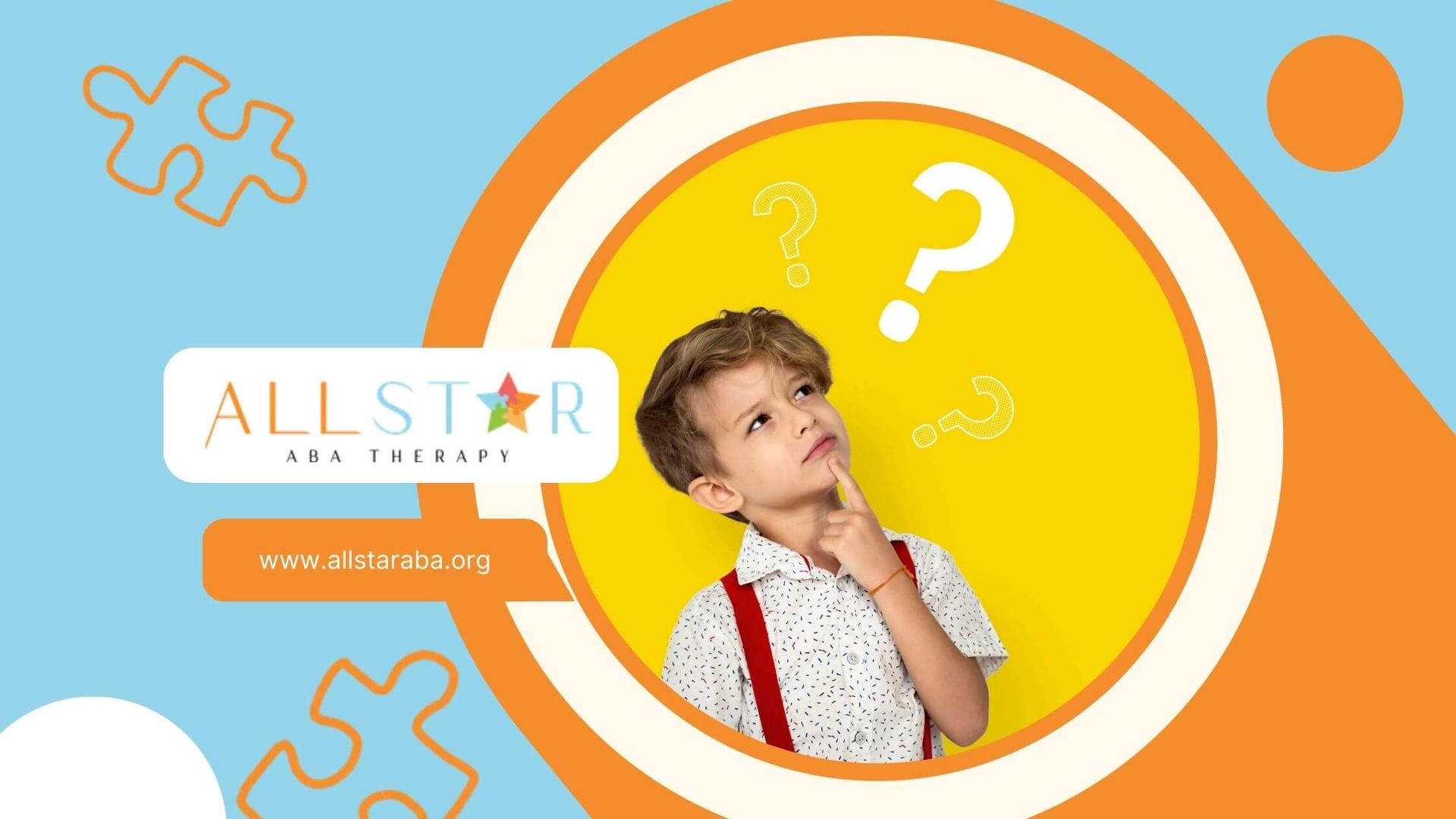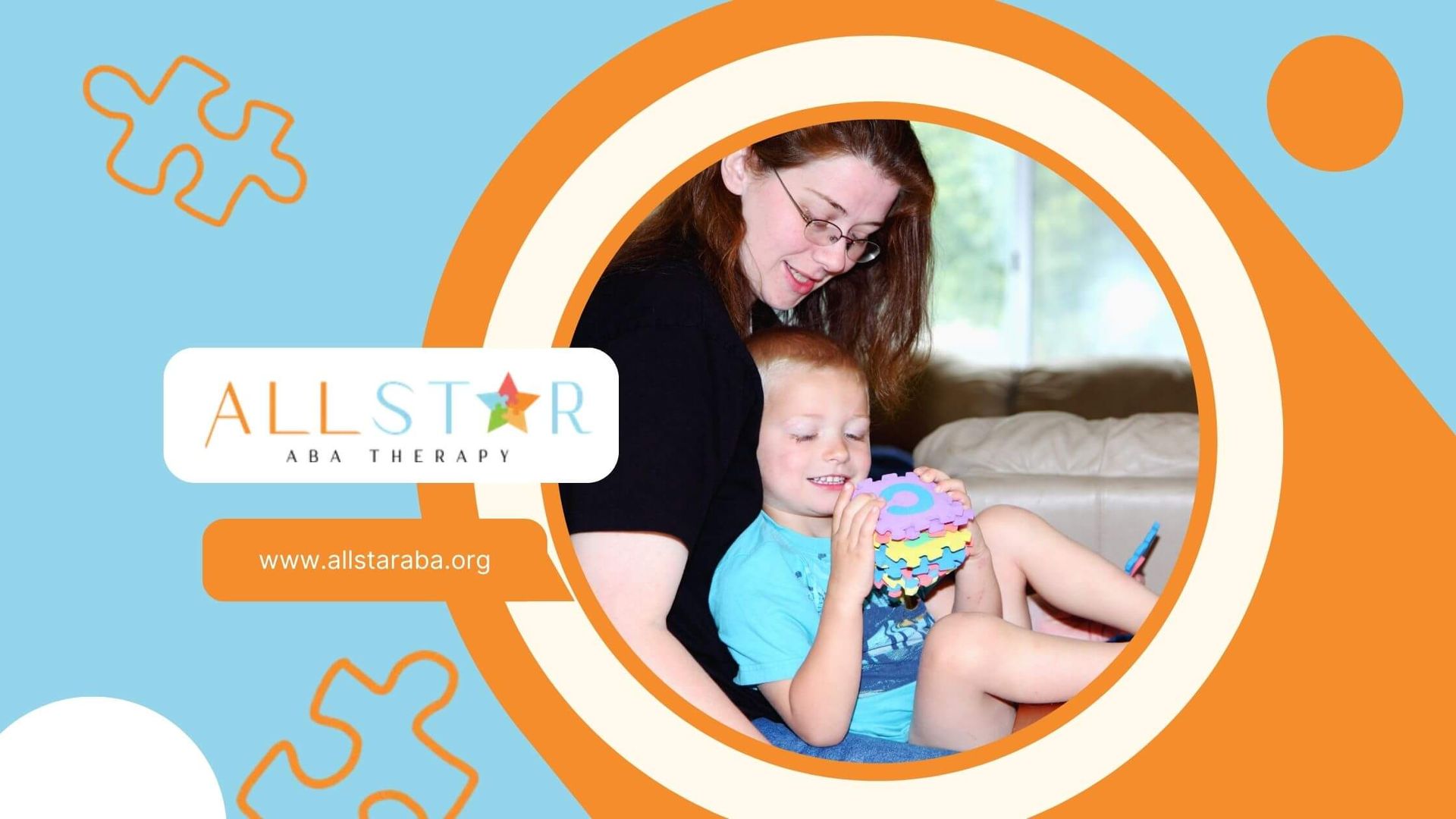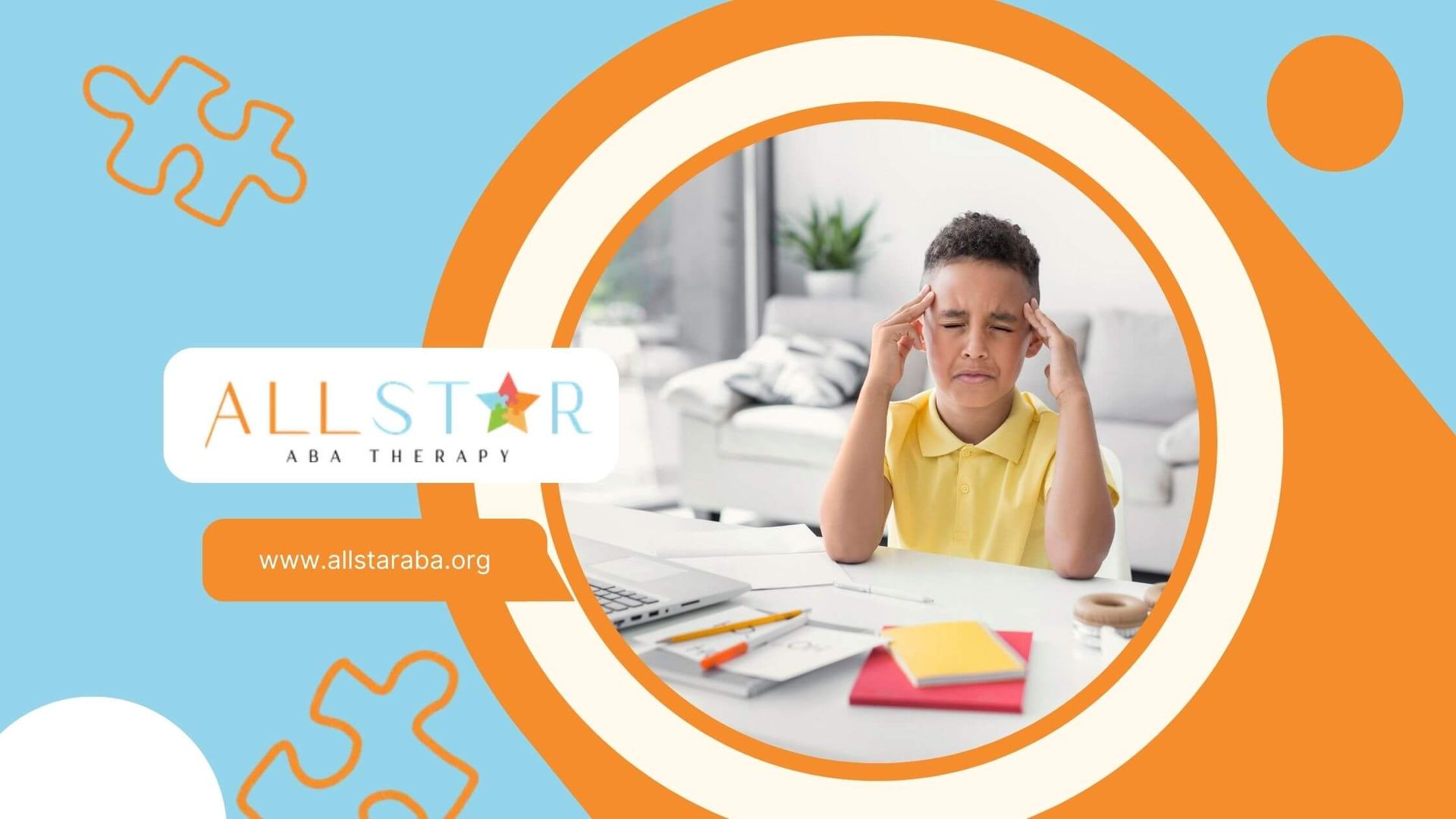New Paragraph
A Parent’s Guide to Coping Skills in ABA Therapy
Key Highlights
- Coping skills are essential for helping autistic children handle their emotions and challenging situations effectively.
- ABA therapy employs evidence-based techniques such as positive reinforcement and breaking tasks into smaller steps.
- Emotional regulation, reducing stress, and sensory coping strategies are central to enhancing daily life skills.
- Social skills training and improved communication abilities contribute to a better overall quality of life for children with autism.
- Collaboration with families and caregivers supports steady progress in coping skills development.
- Individualized ABA programs use data collection to track improvements and adjust strategies for optimal results.
Emotional meltdowns. Sensory overload. Sudden transitions. These are everyday hurdles for many children with autism—and they can feel impossible without the right tools. ABA therapy teaches practical coping strategies to help navigate those moments successfully.
One of my clients in center-based ABA therapy used to freeze at the sound of sirens. We used ABA techniques to teach her deep breathing paired with headphones. Eventually, she no longer panicked but calmly asked to use her “quiet space.”
Why Coping Skills are Important in ABA Therapy
Helping Kids Handle Life’s Challenges
Coping skills are the tools children use to get through tough moments. For autistic kids, these challenges can be as simple as transitioning from playtime to dinner or dealing with loud noises at school.
ABA therapy teaches these skills step by step. Using techniques like positive reinforcement and visual supports, therapists help kids learn to calm themselves, express their needs, and navigate frustrating situations.
Building Emotional Flexibility
Many kids I work with come into therapy reacting strongly to unexpected changes—crying, hitting, or shutting down.
One child I worked with, for example, had daily meltdowns during fire drills. By teaching him to cover his ears and use a break card, he went from panic to calm within weeks.
These small wins add up. As coping skills improve, so does a child’s emotional resilience.
What are Coping Skills for Autistic Children?
Understanding the Basics
Coping skills help children manage:
- Emotions like anxiety or frustration
- Sensory sensitivities like bright lights or loud sounds
- Social situations that feel overwhelming
These skills include both emotional regulation strategies and sensory tools. Examples range from deep breathing and requesting breaks to using noise-canceling headphones or visual schedules.
Adapting Strategies to Individual Needs
One child might need a quiet corner with fidget toys to calm down. Another may respond better to guided breathing with a visual timer. In ABA, the key is to customize these strategies to what works best for each child.
The Role of Coping Skills in Child Development
Why Early Skills Matter
Children who develop strong coping skills early on are more equipped to handle stress and grow into independent adults. These skills impact every part of life—from making friends to managing changes in routine.
Encouraging Independence and Confidence
When kids can manage their emotions and needs, they feel more in control. That sense of control builds confidence.
I've seen kids who once avoided group play slowly start joining peers and even helping others manage their own emotions.
How ABA Therapy Builds Coping Skills
Key Principles That Guide ABA Therapy
ABA is built on principles like:
- Positive reinforcement
- Breaking tasks into manageable steps (task analysis)
- Visual supports and modeling
- Consistent data collection and adjustment
This structured approach makes it easier for kids to learn and practice coping skills in real-world situations.
Using Data to Personalize Progress
ABA programs are highly individualized. Behavior analysts track what’s working and make adjustments as needed.
For instance, if deep breathing isn’t working for a child, we might try sensory bins or a calming playlist instead.
Coping Skills Techniques
Emotional Regulation and Self-Management
Children learn to identify feelings using emotion charts, visuals, or role-play. Once they can label emotions like "mad" or "worried," we teach tools to manage them—deep breathing, asking for help, or taking breaks.
One client, a 6-year-old, struggled with transitions. Using a simple 3-step visual schedule, we practiced how to pause, breathe, and ask “Can I have 2 more minutes?” He began using the strategy on his own within a month.
Teaching Through Play and Repetition
We don’t expect kids to master these skills overnight. Repetition, role-playing, and consistent routines help children internalize these behaviors until they become natural.
Sensory Coping Strategies in ABA
Understanding Sensory Needs
Some children are highly sensitive to sound, light, or touch. Coping strategies help them manage sensory overload.
Examples of Sensory Coping Tools
- Noise-canceling headphones
- Weighted vests or blankets
- Fidget toys or chewable jewelry
- Break areas with dim lighting and calming visuals
These tools can help a child stay regulated at school, at home, or during therapy sessions.
Building Social and Communication Skills
Why Social Coping Matters
Many kids with autism struggle with social cues and communication. ABA teaches them to navigate social situations by:
- Practicing turn-taking and greetings
- Role-playing different emotions
- Using scripts or visuals to guide conversations
Helping Kids Communicate Emotions
When kids can say, “I’m frustrated” instead of crying or lashing out, it changes everything. That ability to express emotions is a key milestone in developing coping skills.
Involving Families in Coping Skill Development
Why Caregiver Involvement Is Key
Consistency matters. When families use the same coping tools at home as we do in therapy, progress happens faster.
As a BCBA, I regularly meet with parents to review strategies and answer questions. One parent shared how deep breathing helped her child stay calm during a family wedding—something they never thought possible a few months earlier.
Practical Tips for Caregivers
- Use visual schedules to reduce anxiety during transitions
- Practice deep breathing or stretching routines together
- Celebrate small wins using praise or small rewards
- Keep a routine so kids know what to expect
Monitoring Progress and Adjusting ABA Programs
Using Data to Guide Decisions
Therapists track how often coping strategies in ABA are used and whether they’re effective. We adjust plans based on data—not guesswork.
If a strategy isn’t helping after consistent practice, we change it. That flexibility ensures progress continues.
Collaboration Leads to Long-Term Success
Parents, teachers, and therapists working together creates a strong support system. Regular updates and communication help keep everyone on the same page, making sure coping strategies are used everywhere—not just in therapy.
Conclusion
Coping skills are life-changing tools that help autistic children feel more confident, calm, and in control. Through ABA therapy, these skills can be taught in meaningful, personalized ways that fit each child’s unique needs.
With patience, support, and the right strategies, kids can not only handle tough moments—but thrive through them.
At All Star ABA, we believe every child deserves the tools to succeed—and that starts with emotional resilience. Our experienced therapists work closely with families to create personalized ABA therapy programs in Maryland.
Contact us today to learn how All Star ABA can support your child’s journey toward independence, confidence, and success.
Frequently Asked Questions
What are some common coping skills taught in ABA therapy for kids?
Common coping skills that are taught in ABA therapy for kids include deep breathing, ways to build social skills, how to handle feelings in a better way, and using sensory activities. These skills help children be calm, talk better with others, and have good relationships as they go through different places and times in their lives. Using deep breathing exercises and other coping skills let them feel more at ease and get along with people around them.
How long does it take for children to learn coping skills through ABA?
The time it takes for children to learn coping skills through ABA therapy can be very different for each child. This depends on what the child needs, how hard the skills are to learn, and how often the sessions take place. You can usually see some good changes after a few months if there is steady practice and support.
Can ABA coping strategies be used at home and school?
Yes, you can use ABA coping strategies at home and in school. When you use these ways often, you help the child learn skills. This gives them more time to work on social interactions and to talk with others in a way that feels normal. Doing this in both places also helps the child get better at emotional regulation and adjust well to new things.
Sources:
- https://pmc.ncbi.nlm.nih.gov/articles/PMC5924584/
- https://pmc.ncbi.nlm.nih.gov/articles/PMC3830422/
- https://www.autismparentingmagazine.com/coping-skills-reducing-overwhelm/
- https://www.leicspart.nhs.uk/autism-space/health-and-lifestyle/autistic-fatigue-and-burnout-coping-strategies/
- https://afirm.fpg.unc.edu/timely-toolkits/supporting-individuals-with-autism-through-uncertain-times/
Need Support?
We're Here to Help!
Our experienced team is ready to assist you. Reach out today to discuss how we can support your child's development and well-being.
Get started with expert ABA therapy today.



